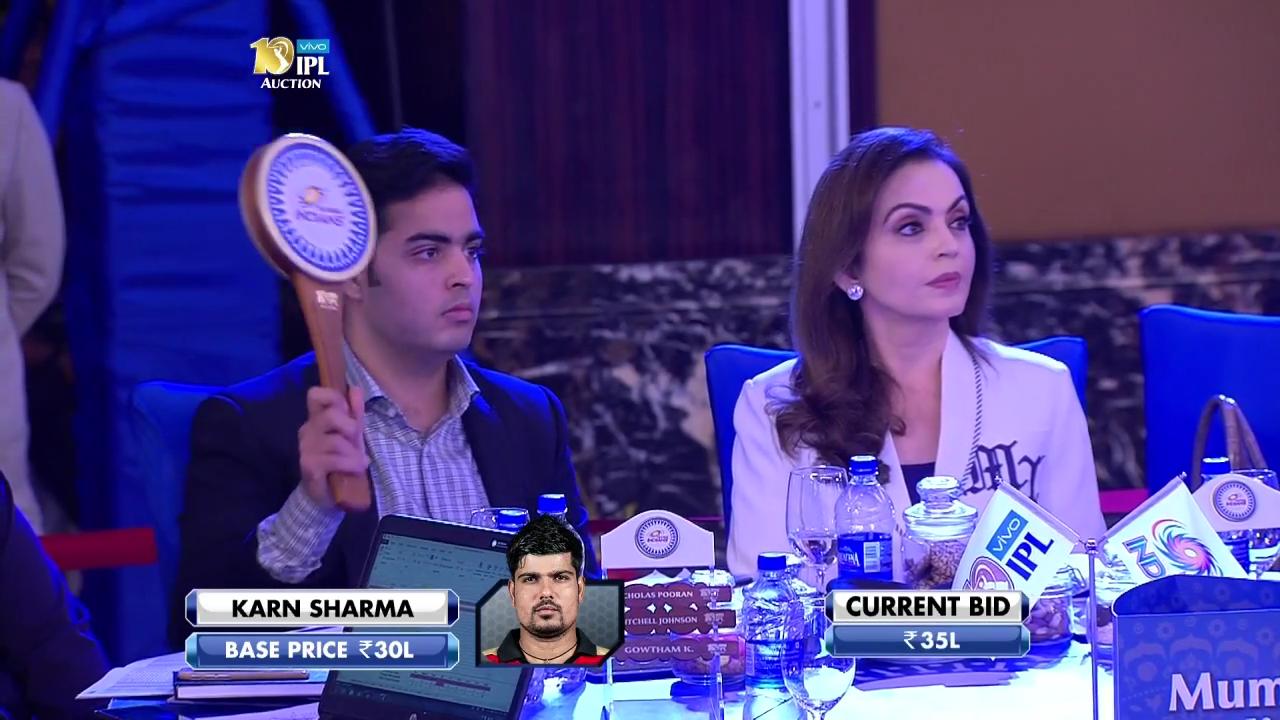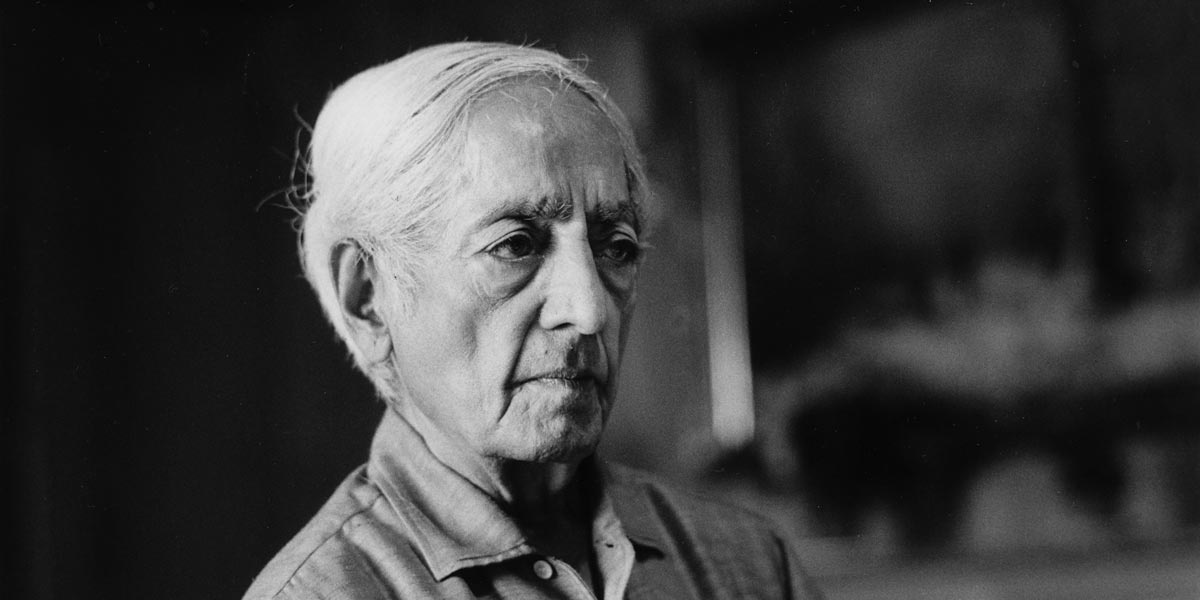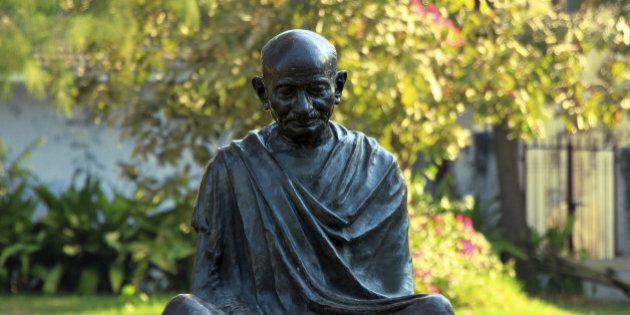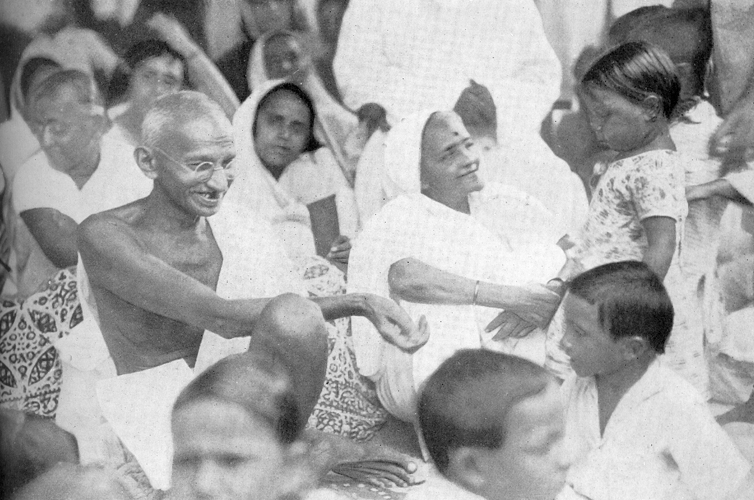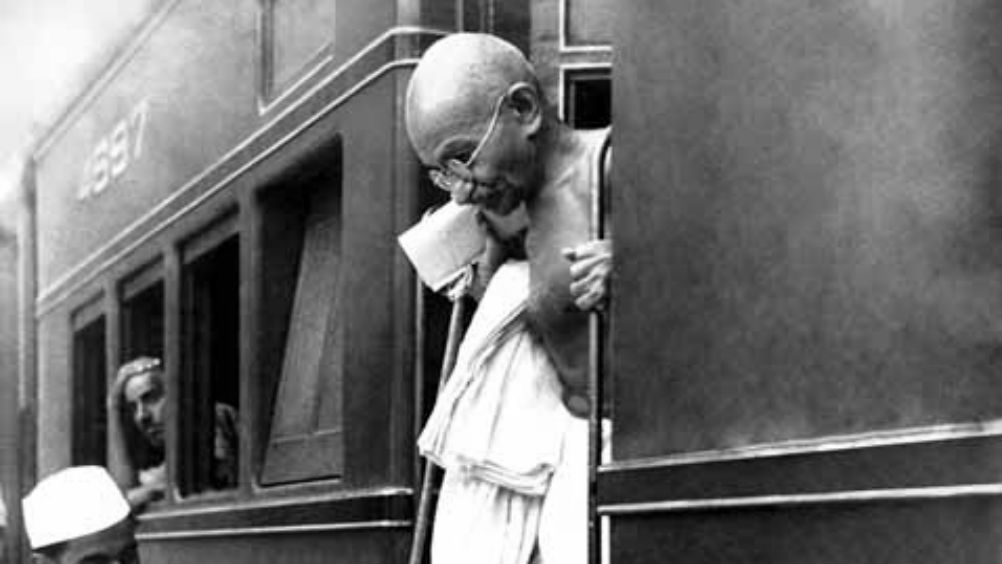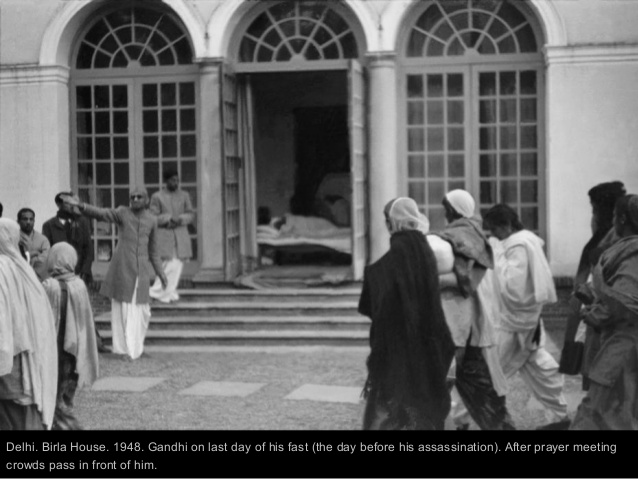The grand spectacle of IPL has held the spectators in captivation since its conception in 2008 by the Board of Control for Cricket in India (BCCI). Since 2008, the IPL is held every year and is offered to the public as a sporting extravaganza for mass consumption.
Rajeshwari | The New Leam

On December 18, Tuesday the IPL auctions for the 2019 season was held in Jaipur. 351 players were put for sale and auctioned off like cattles, of which 60 players went under the gavel. While most players began at Rs 20 lakh base price, nine players commanded highest starting bids of Rs. 2 crore. At Rs. 8.4 crore, Unadkat and Varun Chakravarthy were the joint highest bid of the day.
The grand spectacle of IPL has held the spectators in captivation since its conception in 2008 by the Board of Control for Cricket in India (BCCI). Since 2008, the IPL is held every year and is offered to the public as a sporting extravaganza for mass consumption.
In 2014, IPL became the most attended cricket league in the world, becoming the first sporting event to be broadcast live on YouTube. Duff and Phelps estimate the brand value of IPL to be US$6.3 billion as of 2018. The blatant commercialisation, the theatricality, and a TV broadcast friendly format of the game similar to that of Premier League of England and NBA of the United States of America, has been a symbolic marking of India’s venture into the global market through a sporting event.
The logic of the market has swallowed the social phenomenon of the sports and spits out debauchery under the facade of sport with the dramatic, the spectacular, the winning sixes, the knockout punches, and the brawls in the fields to its audience for their consumption, reducing sports to a pure entertainment. The pervasiveness of the market, within the interplay of the corporate business and commercial media has strongly degraded the athletic activity and dehumanized the sporting culture.

The social phenomenon of sports and its potential for creating liberating experience is steeply embedded in the non- instrumental aspect of its existence. It has served as an important medium for players to practice, learn, and communicate fair play, justice, resolve disputes and conflicts, and placing group needs over individual’s needs and glory. In the absence of having a practical or a functional value, a sporting arena provides an authentic place for the realization and communication of norms for the society and self. Often people site the ideals of sportsmanship to imbibe in their daily life to generate solidarity, sociability, and stretching one’s potential. This non-instrumentality of the sports as a part of the culture is at the core of shaping social character of the athletes, developing consciousness of the spectators supporting their favorite players and team.
As sports are getting standardized and administered as a commodity, the dialogue has shifted from nature of sports for personal enrichment and development to its worth as an entertainment worthy telecast-able object that can garner maximum viewership. While one side, this rationality of market for making sports has a profitable enterprise has heavily affected in the way the game rules are played, the player’s relation to the game, the TV channels’ projection of their telecast, the commodification of the game has also drastically altered the position of the spectators. It has made the fans passive, stripping them from engaging with the game, forcing them to newer socialising modes to consume and enjoy, and in the process making them more distant from the sports. The commercial approaches of IPL and Indian Super League neither bind the player to their teams and game nor do they bind the spectators together. Within these matches, even winning is neither for player nor his team. It is exposure for sponsors; it is for the club machine, for the recognition of the coach, or for the fans. Steve Scott, a former American track athlete and one of the greatest mile runners in the American history, in a book by L. Cohn, Steve Scott’s Path to Glory remarked, “The Olympics are just a staging ground for someone’s commercial interests. The Games are no longer an event to bring the best athletes together … they’re a TV extravaganza to sell McDonald’s and Xerox.”
This unabashed commercialization where the creativity of an individual is manufactured and marketed as a commodity to be consumed will inadvertently result in the degeneration of sports and sportsmanship.

